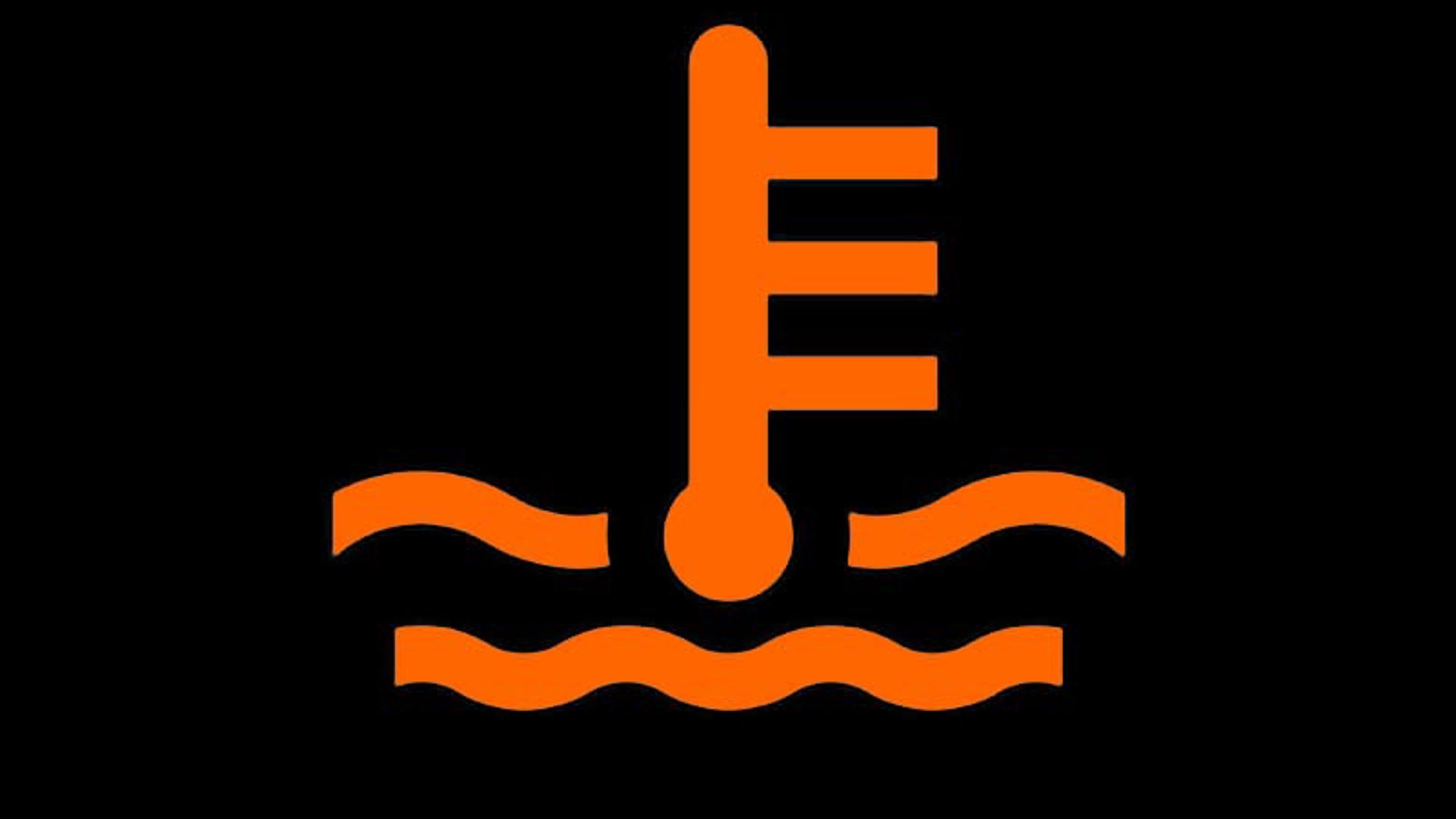Many things can cause the dreaded overheat warning light to appear in your instrument cluster – and when it does appear, you’ve got to know what to do, and you have to do it quickly or there are going to be major issues.
After all, if an engine is overheating, extreme and possibly irreversible damage becomes more and more likely with every passing second.
When temperatures within your engine climb to unsafe levels, a variety of very bad things happen to its oil, gaskets, bearings, cylinders, and more. Most of these can quickly lead to total engine failure, unless you’re on the ball.
As such, being prepared and knowing how to handle an engine overheating can make the difference between a minor inconvenience and a repair bill running well into the thousands of dollars.
Here’s what you need to know and what you need to do when your engine overheats.
Keep Your Cooling System Healthy
The best way to avoid major engine damage caused by overheating is to stop it from taking place at all. Though many factors, some of which can’t be predicted, can cause an engine to overheat, regular professional inspections of your cooling system can go a long way to preventing disaster.
Coolant leaks, signs of a dying water pump, low coolant levels, and numerous other clues are easily detected by professional technicians during a routine cooling system inspection. This represents an opportunity to address minor issues before they become large ones that could kill your car’s engine.
If you can’t remember the last time you had your cooling system inspected or serviced, or if you’ve been ignoring a coolant leak dripping onto your driveway or parking space for some time, you’re at a higher risk.
Simply, proper care of your cooling system is a great way to prevent dangerous overheating. See your owner’s manual or your favourite auto service technician for the full scoop on caring for the cooling system in your specific vehicle.
Model-specific Instructions
Next, bust out your owner’s manual, and thumb through the index in search of the section on overheating. This section outlines, among other things, exact directions to follow in the event of an overheated engine.
There are some general best practices for handling an overheated engine, and we’ll get to those below.
Still, a more important line of defence is to check the owner’s manual for the downlow on what you need to do, relative to the specific vehicle you drive. Committing this information to memory could save you thousands of dollars.

How to Tell if Your Engine is Overheating
While you’re in the owner’s manual for the previous step, take note of how and when your vehicle will communicate to you if its engine overheats. As this is a serious condition, all cars have some built-in method of getting your attention immediately when temperatures get too high.
In some cases, this involves a warning indicator in the instrument cluster possibly alongside a buzzer or beep to get your eyes on the coolant temperature gauge (if equipped). When an engine overheats, this gauge will typically be pointing up at or near the red hazard zone at the top of the dial.
Take note of the specific indicators, sounds, and warning-light icons used by your specific make and model and commit them to memory.
This is Urgent
Unlike a Check Engine or ABS system warning light, which may indicate a possible or minor problem, the engine overheat warning is much more urgent. The appearance of this warning light is something that requires immediate and proper action from the driver, RIGHT NOW.
The engine overheat warning is not a suggestion to make an appointment with your mechanic next week – it’s a demand that you do something about the situation immediately or suffer the consequences.
Why Do Engines Overheat?
Low coolant levels, coolant leaks, compromised cooling-system plumbing, electronic problems, and failing or failed water pump assemblies are key causes of engine overheating, though many others are possible.
Another common cause of engine overheating, according to numerous technicians, is a failure of the vehicle’s owner to properly maintain their cooling system. (Refer to our first point.)
Automotive service technician John Kennard says, “Sometimes, overheating has a simple cause, like a bad sensor or switch. Other times, it’s something more complex, but the cause is never usually too hard to track down. A bigger problem, however, is the way that most people treat their modern cars and trucks: Seems that most folks figure on-time oil changes are all that’s needed to keep things healthy, but there’s far more to it. Neglecting your cooling system is a great way to experience problems.”

Here’s What to Do if Your Engine is Overheating
If your engine is overheating, there are two basic things you need to do.
The first is to get the engine coolant to cool down.
The second is to get the vehicle safely stopped and shut the engine down as soon as you can.
The following general course of action is recommended, but note that model-specific instructions from your owner’s manual take precedence over the information below.
Immediately after the warning appears, activate hazard lighting and scan your motoring surroundings to find the safest means of getting off the road and out of traffic.
Next, adjust the climate control to activate maximum heat and maximum fan speed. Then, turn off the air conditioner. Depending on the cause of the overheating condition, this can help reduce the temperature of the engine coolant or slow down the rate at which it’s heating up.
Next, consider placing the vehicle in Neutral and coasting to the roadside, if it’s safe to do so. This decreases the speed of your engine, which can help cool it down.
When pulled over safely, leave your hazard lights turned on, park the vehicle, and shut the engine off.
It will take some time (maybe 20 minutes or more) for things to cool down before it’s safe to open your hood or radiator cap. Use this cool-down time to get the phone number of your nearest roadside-assistance service ready, as you may need a tow.
Next, refer to your owner’s manual for instructions on what to do next. It may be possible to restart the engine later and continue driving, possibly after adding water or coolant to its radiator.
It also might not be possible to continue driving.
Do not open the radiator cap while the engine is still hot, as you could be severely burned.
If you’re not comfortable under the hood or are unfamiliar with how to check engine coolant levels, consider calling for that tow truck and having your vehicle delivered to the nearest garage for professional assessment, remembering that continued use of vehicle with an overheating issue is strictly not advised.




